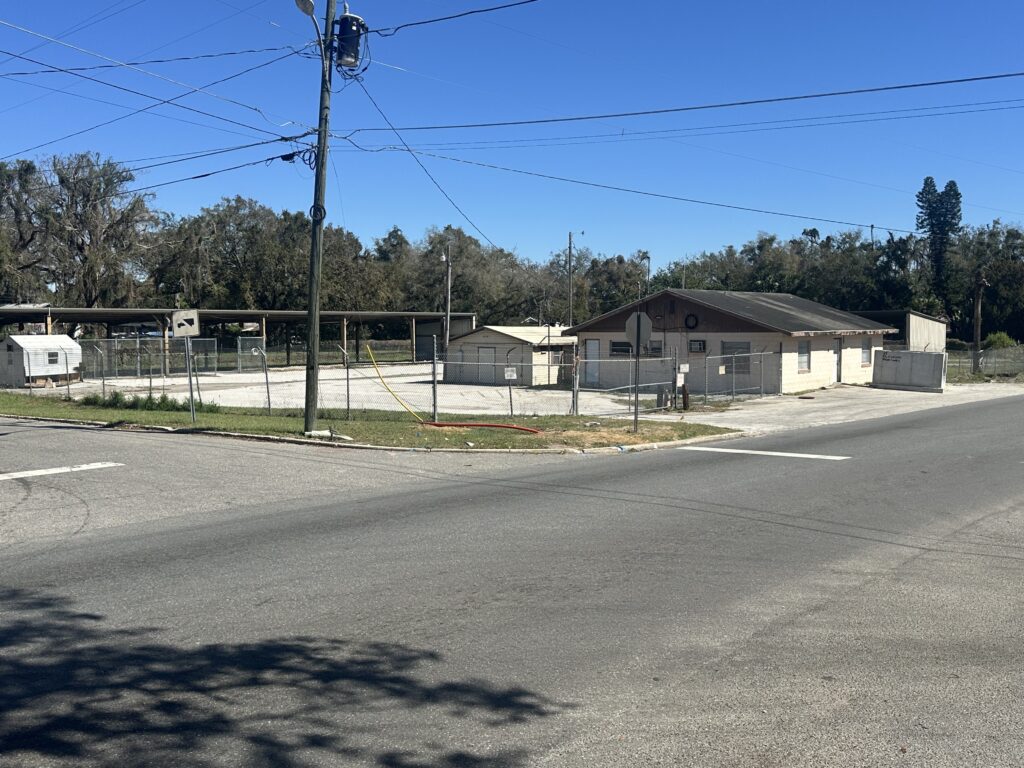
Key Points
Forego proposed park to expand affordable housing?
At the latest Community Redevelopment Agency (CRA) Board meeting, the plat for repurposing a property for use of affordable houses and a public park was front and center after the Apopka City Council voted to table the plat at its Jan. 15 meeting.
The CRA Board conducted its meeting on Wednesday, Feb. 12, at the Apopka Community Center. After discussion among the CRA Board, the city will take the plat back to the drawing board to recreate a more favorable solution regarding the Eighth Street plat, said CRA member (Mayor) Bryan Nelson.
The 0.83-acre community park will be located in the northern portion of the parcel, and the four lots—each 0.22 to 0.17 acres in size—are adjacent to East Eighth Street. Access to the lots is provided via South Highland Avenue and East Eighth Street.
Located downtown, the Apopka Community Redevelopment Area is comprised of 633 acres and has a mix of residences, businesses, and historic properties. The area is bound on the south by 10th and 11th Streets, Hawthorne Avenue to the west, Oak Street to the north, and sections of multiple streets to the east, including but not limited to Highland Avenue, Monroe Avenue, and Alabama Avenue.
The local government created the Apopka CRA Board to direct the agency. This board comprises Apopka City Council members and two other representatives appointed by the local government.
“There were some concerns with the park that was being proposed to be constructed there, possible criminal activities that could happen in the park,” interim CRA director Howell said, referencing the discussion brought up at the Jan. 15 City Council meeting. “So, we were directed to bring this back for discussion and direction from the board as to what your pleasure is with this.”
At the CRA Board meeting, CRA member (City Commissioner) Nadia Anderson brought up the same concerns she had about the plat at the Jan. 15 City Council meeting; specifically that the city should eliminate the park and increase the lot sizes.
CRA member (City Commissioner) Alexander H. Smith said he still finds value in having the park as an amenity of the plat for the community youth, and because there is no walkable section in that area. He added that he visited the Eighth Street property and didn’t believe having a park there would devalue the neighborhood.
Anderson disagreed with Smith. She said a park wouldn’t devalue the neighborhood, but larger lot sizes would increase property values.
CRA member John Drago said that based on his several drives through the Eighth Street neighborhood, he noticed the streets needed repair and parking is “hodgepodge around the neighborhood.” He said having a park in the Eighth Street property is “superfluous.” He recommended taking all four lots on the plat, adding them up, and dividing that sum by four, there would be enough property behind the four lots without a park there.
“Now why is that important? It’s important from the standpoint that you want to try to eliminate parking on the street if, in fact, you can’t accommodate the vehicles,” Drago said. “By allowing a deeper lot, you can move the houses back and you can have the driveway long enough to accommodate six vehicles, possibly eight with the two-car garage. So, anybody that comes to visit those neighborhoods or those particular houses would have a parking adequate on property.”
Drago also recommended that in order to increase the value of the property as well as the value of the area, the city could include four housing templates in its request for proposal including architectural details, and have the builder construct the houses according to those templates.
CRA member (City Commissioner) Nick Nesta said that a conversation must happen not only about the properties the Eighth Street plat focuses on, but on all of the parcels in the CRA District regarding not only efficiency and affordability, but also make a cohesive plan of activating the entire CRA District.
CRA member Nikki Williams recommended the city comes up with restrictions for how the plat properties should be used. Therefore, the developer owning the property won’t flip it and therefore build the lot that that is not originally used for.
An open public comment at the CRA Board meeting followed board discussion.
